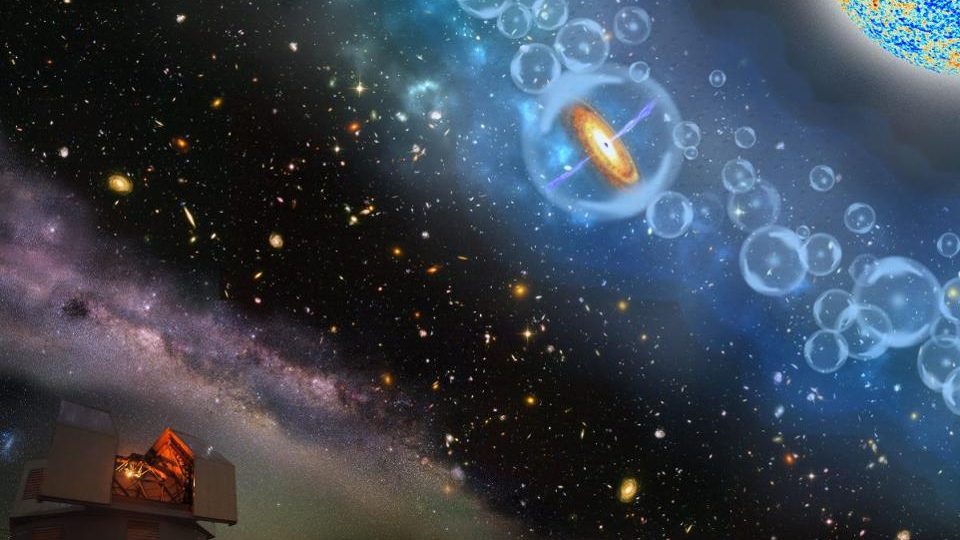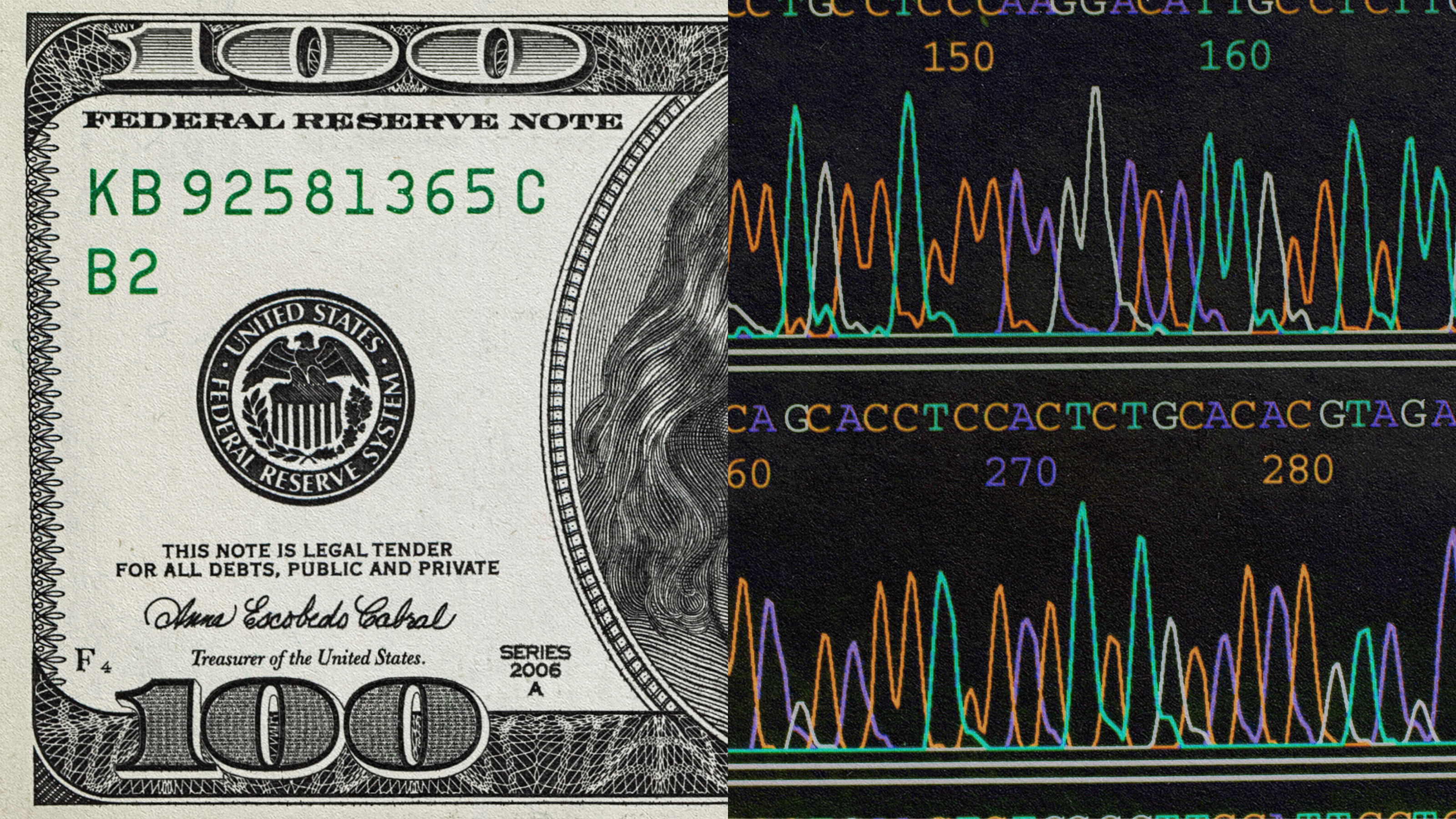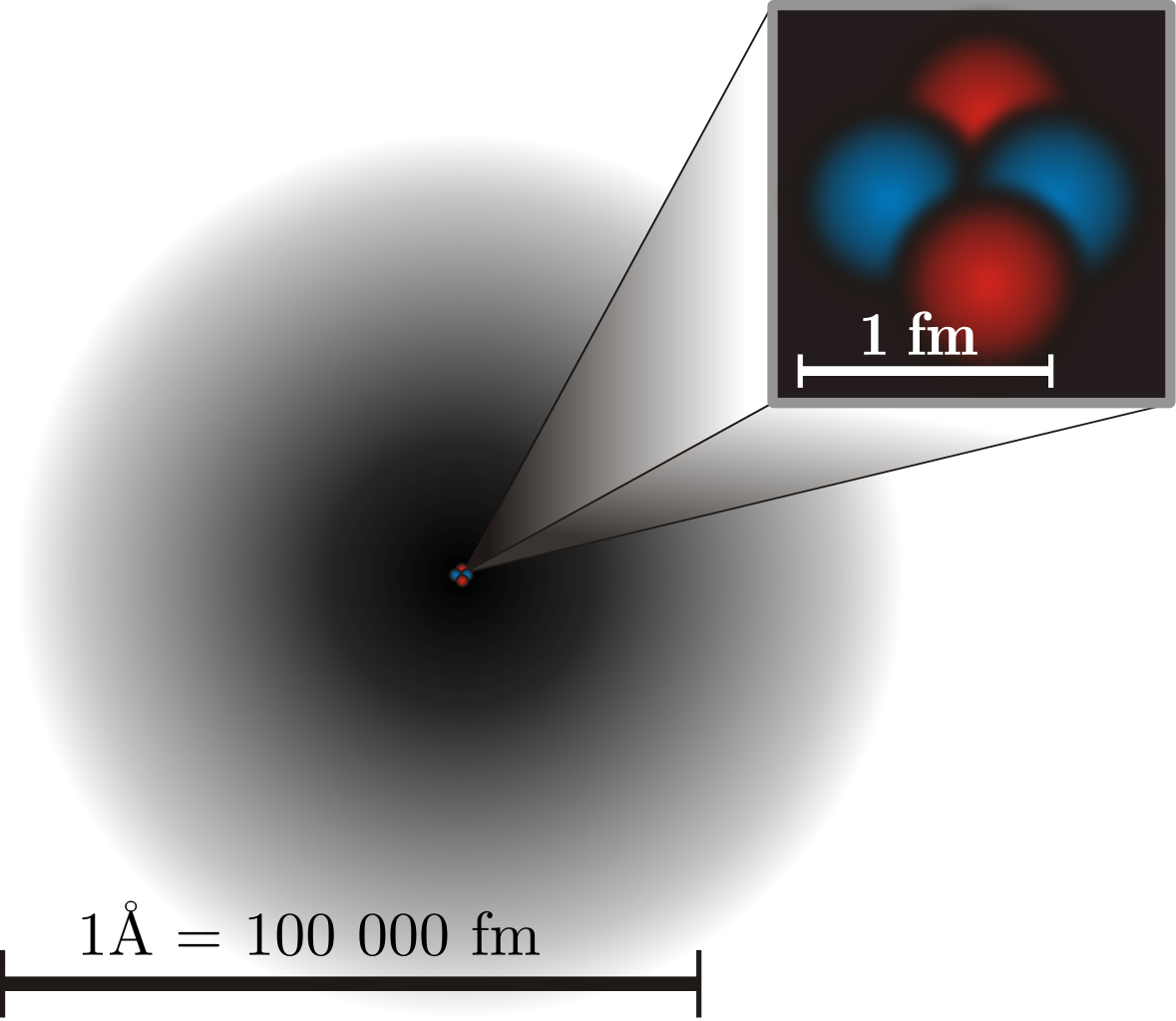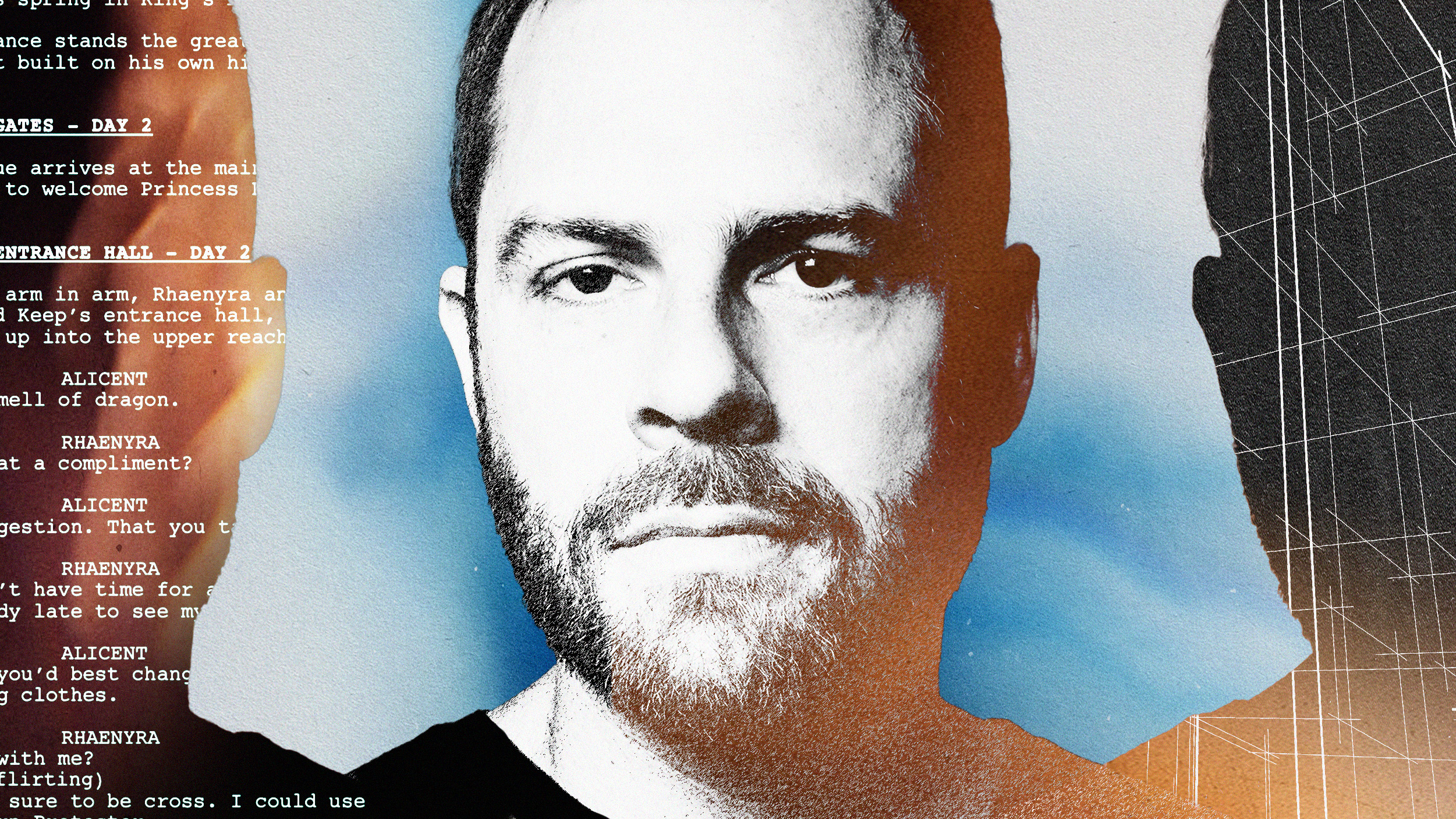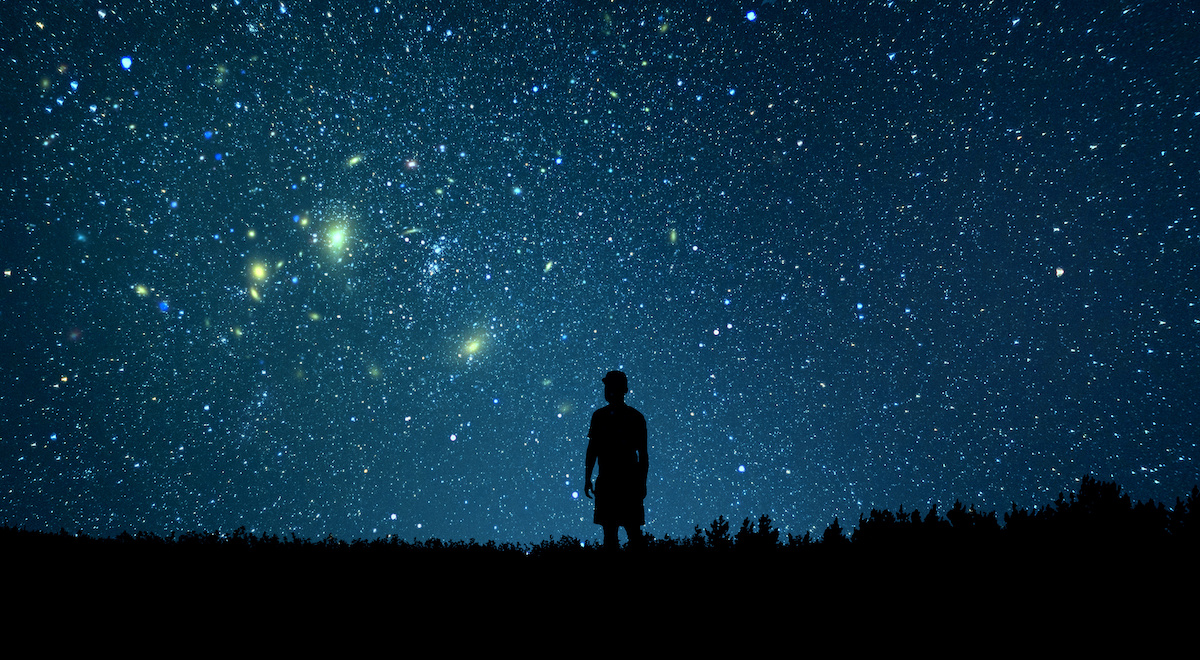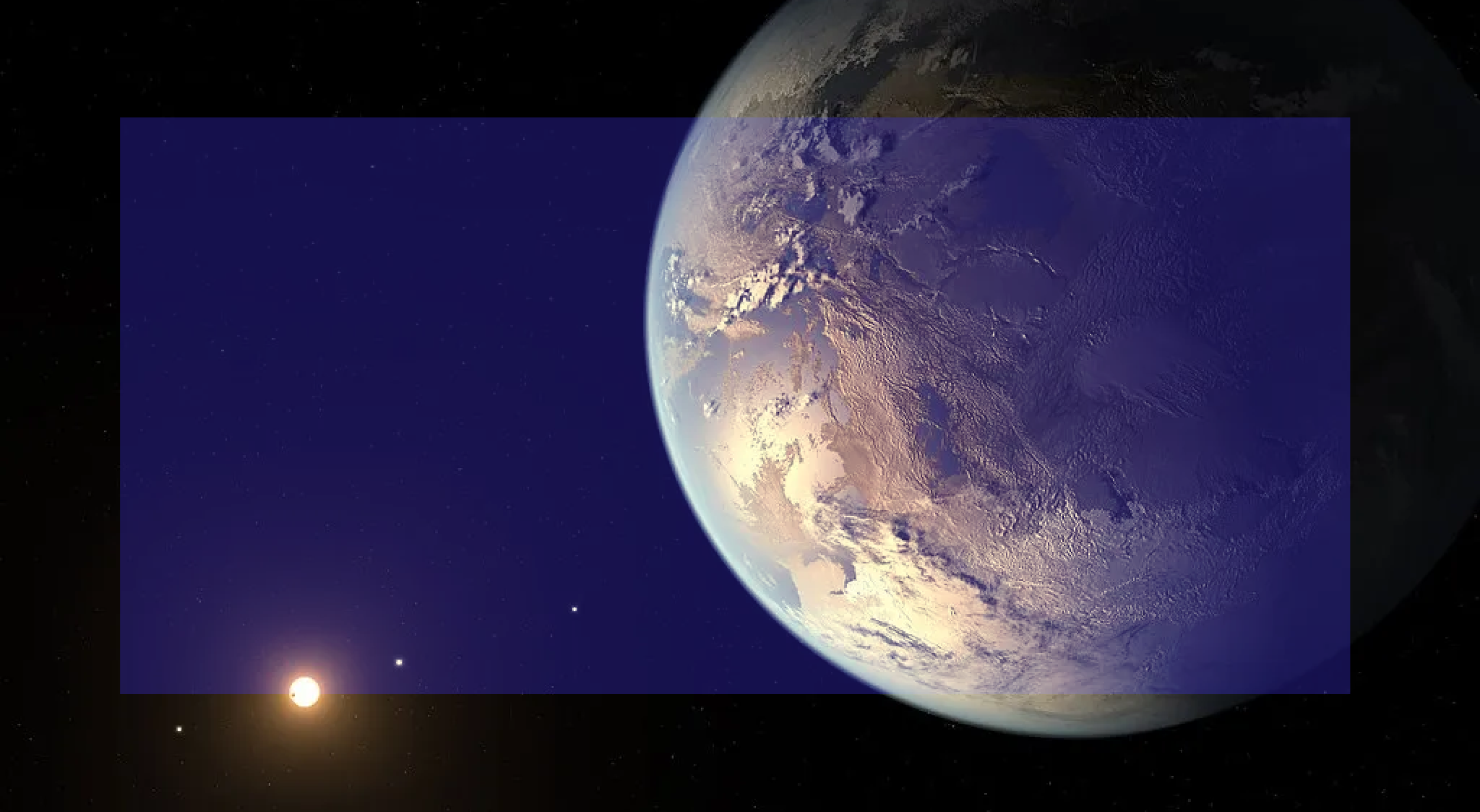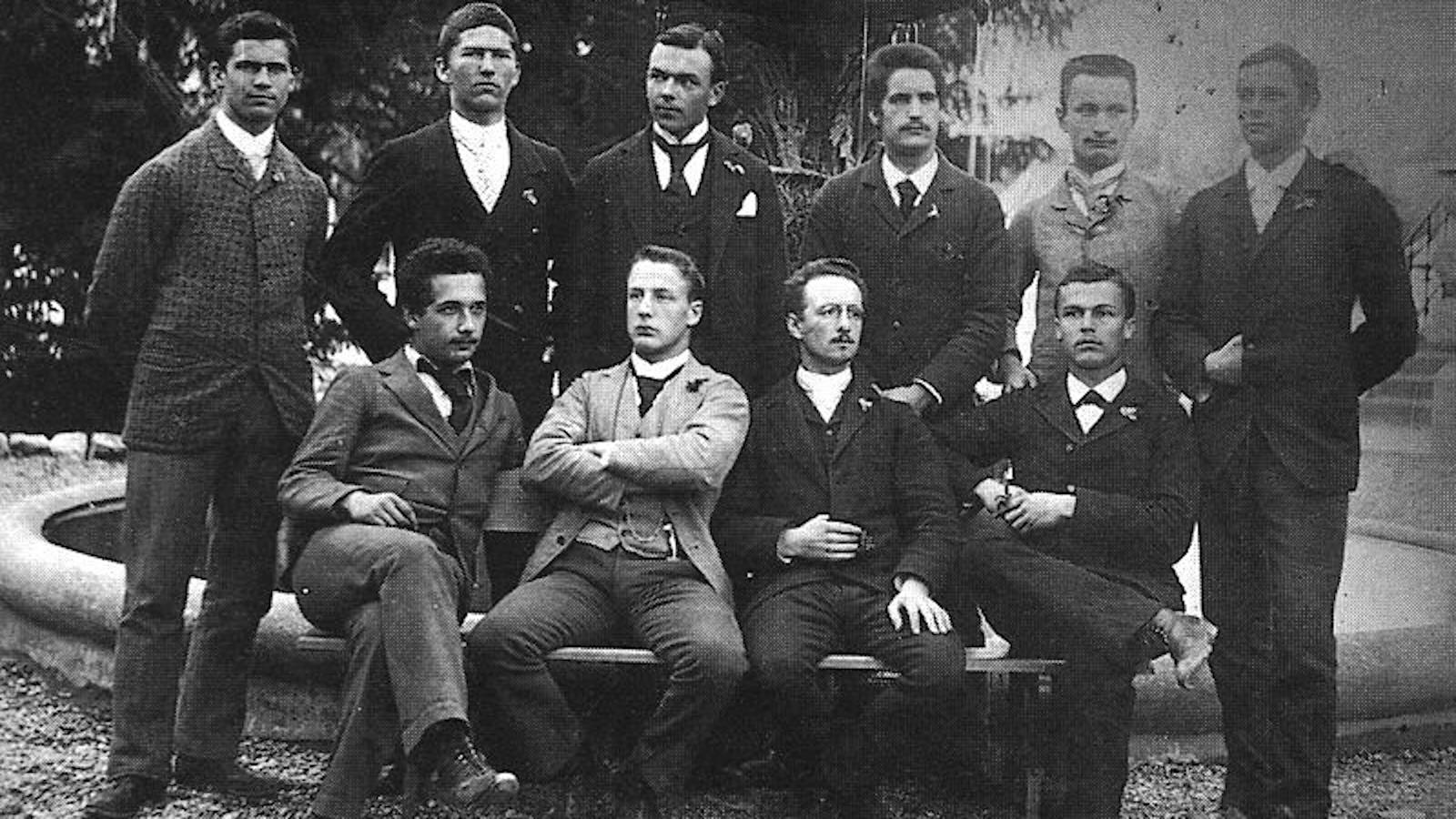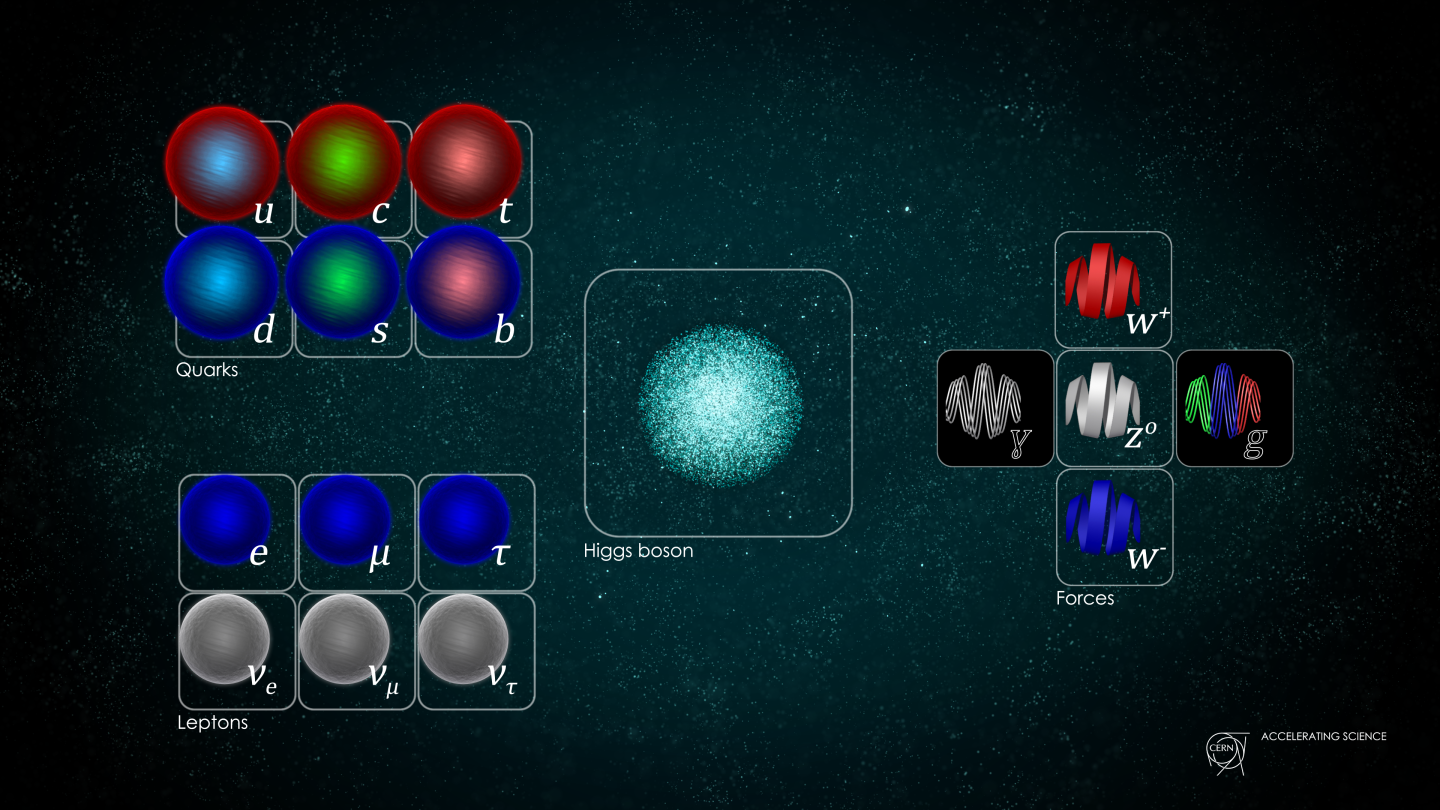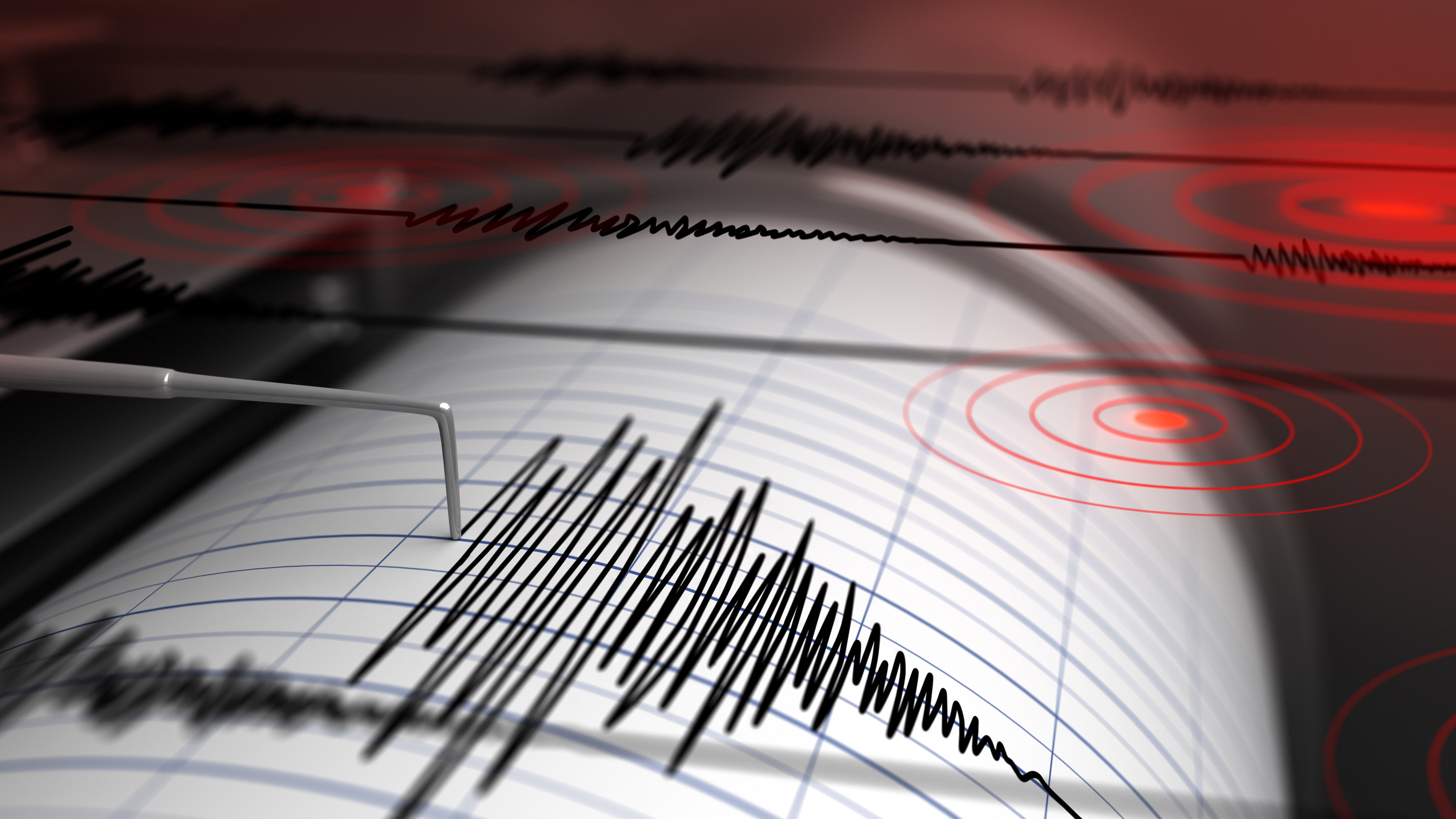The Universe is expanding, and the Hubble constant tells us how fast. But how can it be a constant if the expansion is accelerating?
Search Results
You searched for: Structure
To put things in perspective, the cost of sequencing a single genome in 2012 was around $10,000.
From the earliest stages of the hot Big Bang (and even before) to our dark energy-dominated present, how and when did the Universe grow up?
Mutations that confer malaria resistance occur more frequently in people who live in regions where the disease is endemic.
Known as primordial black holes, they could thoroughly change our Universe’s history. But the evidence is strongly against them.
For some reason, when we talk about the age of stars, galaxies, and the Universe, we use “years” to measure time. Can we do better?
After turning up hundreds of genes with hard-to-predict effects, some scientists are now probing the grander developmental processes that shape face geometry.
Atomic clocks keep time accurately to within 1 second every 33 billion years. Nuclear clocks could blow them all away.
AI tried to write music. It wasn’t exactly The Beatles.
A competency framework is a way to align individual performance with organizational goals. Read on to learn how.
Considering the perspectives of others has important benefits for individuals and for society. There is one easy way to do it.
Ryan Condal, who worked in pharmaceutical advertising before Hollywood, talks with Big Think about imposter syndrome, “precrastination,” and Westeros lore.
A theoretical physicist returns to Penrose and Hameroff’s theory of “quantum consciousness.”
The crisis of the Anthropocene challenges our traditional narratives and myths about humanity’s place in the world. Citizen science can help.
We’re used to scientists telling us about the math and physics behind astronomical events. But what does studying space make us feel?
Life became a possibility in the Universe as soon as the raw ingredients were present. But living, inhabited worlds required a bit more.
There are many things that separate science from ideology, politics, philosophy, or religion. Follow these 10 commandments to get it right.
Today, supermassive black holes and their host galaxies tell a specific story in terms of mass. But JWST reveals a different story early on.
Should we worry about fascist politics? Philosopher Jason Stanley plays devil’s advocate.
▸
3 min
—
with
The common drug is called gabapentin, which is currently used to control seizures and manage nerve pain.
A great many cosmic puzzles still remain unsolved. By embracing a broad and varied approach, particle physics heads toward a bright future.
The sharpest optical images, for now, come from the Hubble Space Telescope. A ground-based technique can make images over 100 times sharper.
One home was printed in 28 hours. Now, Alquist 3D is building 200 more.
Some of the coastal areas were not repopulated for millennia afterward, showing that there was a long-lasting memory of this tragic event.
Flashy desalination technology is more costly and cumbersome than many other solutions.
Earth wasn’t created until more than 9 billion years after the Big Bang. In some lucky places, life could have arisen almost right away.
Adolescents actively shape the transformation of religion and become the bearers of new religious patterns, worldviews, and values.
Move over, IC 1101. You may be impressively large, but you never stood a chance against the largest known galaxy: Alcyoneus.
ChatGPT’s capabilities are astonishing.
Did fire change the development of the human brain?
